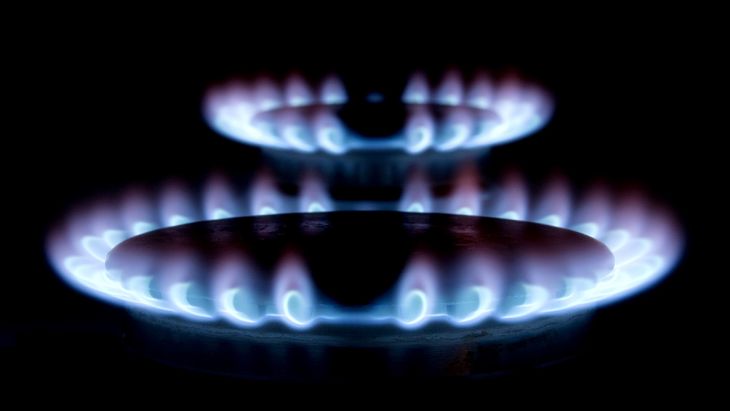Natural gas futures-related exchange traded funds were leading the pack on Friday as Tropical Storm Barry blows over the Gulf Coast.
The United States Natural Gas Fund (NYSEArca: UNG) was among the best performing non-leveraged ETFs of Friday, jumping 2.4% and testing its short-term resistance at the 50-day simple moving average.
Meanwhile, Nymex natural gas futures were 2.1% higher to $2.47 million British thermal units.
“On the forecast track, the center of Barry will be near or over the central or southeastern coast of Louisiana tonight or Saturday, and then move inland over the Lower Mississippi Valley on Sunday,” according to the National Hurricane Center.
The Bureau of Safety and Environmental Enforcement calculated that about 44.5% of natural gas production, or 1.24 Bcf/d of output, had been shut in due to the tropical storm threat, Natural Gas Intelligence reports.
Tudor, Pickering, Holt & Co. analysts estimated that the GOM production was down 1.3 Bcf/d week/week, with Cheniere Energy Inc.’s Sabine Pass liquefied natural gas (LNG) export volumes reduced to 2.9 Bcf/d, or down 0.8 Bcf/d week-over-week.
“The evolving energy landscape is changing the potential impacts of a hurricane, as Gulf of Mexico production is just 2.9 Bcf/d, which could easily be trumped by demand interruptions if LNG facilities are impacted,” TPH analysts said.
Looking ahead on the demand side, the natural gas may face reduced demand for cooling. There is currently widespread heat and strong demand through July 23, but weather conditions show cooler trends early next week due to the impact of Tropical Storm Barry, according to NatGasWeather.
Furthermore, Thursday’s Energy Information Administration storage report revealed another larger-than-average build, which “could weigh most” on the market.
“Even with strong heat, builds are still struggling to come in under the five-year average,” the EIA . “This suggests unless notable tightening occurs in the supply/demand balance, once heat abates, deficits will be well on the road to flipping to surpluses.”
For more information on the natgas market, visit our natural gas category.








